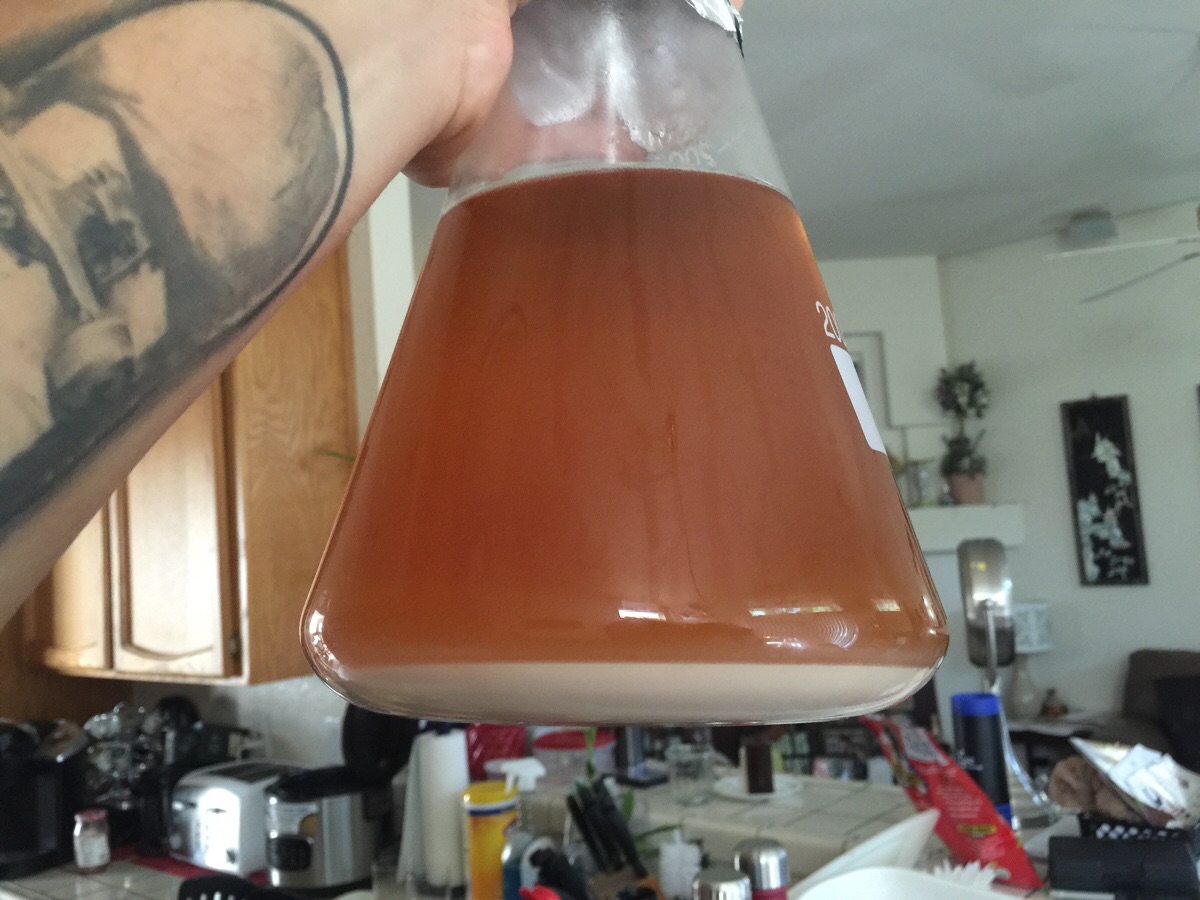wilserbrewer
BIAB Expert Tailor
I have done very few starters, typically choosing to re pitch fresh slurry out of the fermenter, rather than make starters. I do starters mainly to harvest yeast from bottle conditioned beer. Another option to consider is making a small 2 gallon batch with one tube of yeast, then collecting slurry from that batch for a lager batch. Why make a starter when you can make a lesser quantity of beer for not much additional work....yea I'm lazy, but draw the line at underpitching and avoid doing so if at all possible.


































![Craft A Brew - Safale BE-256 Yeast - Fermentis - Belgian Ale Dry Yeast - For Belgian & Strong Ales - Ingredients for Home Brewing - Beer Making Supplies - [3 Pack]](https://m.media-amazon.com/images/I/51bcKEwQmWL._SL500_.jpg)























